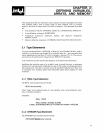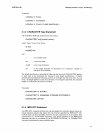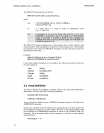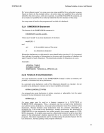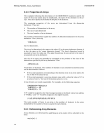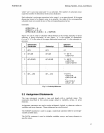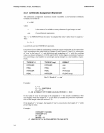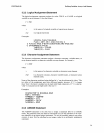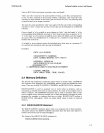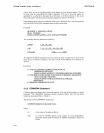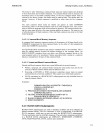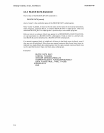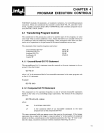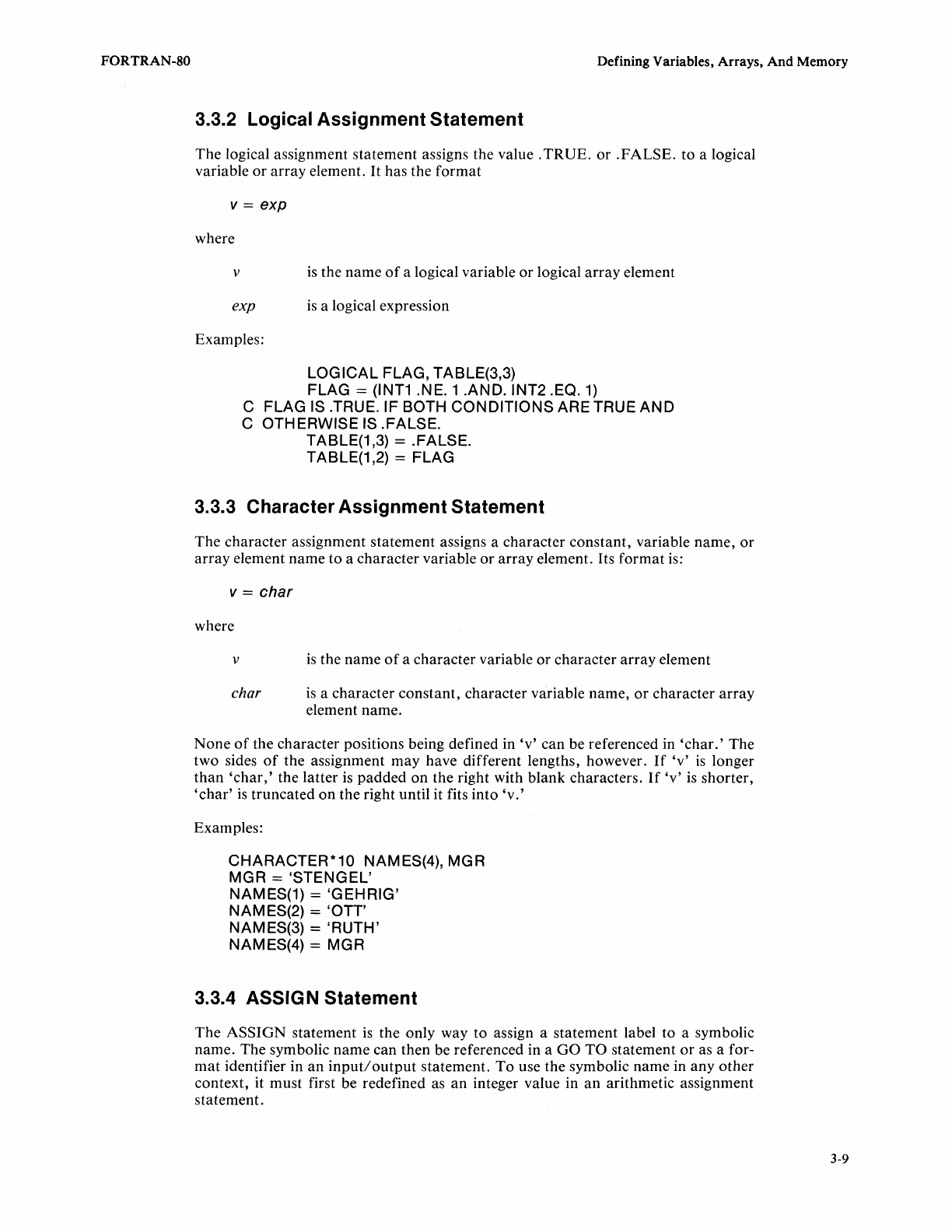
FORTRAN-SO
Defining Variables, Arrays,
And
Memory
3.3.2 Logical
Assignment
Statement
The logical assignment statement assigns the
value.
TRUE.
or
.FALSE.
to
a logical
variable
or
array
element. It has the
format
v =
exp
where
v
is
the
name
of
a logical variable
or
logical
array
element
exp
is
a logical expression
Examples:
LOGICAL FLAG, TABLE(3,3)
FLAG
= (INT1 .NE. 1 .AND. INT2 .EQ.
1)
C FLAG
IS
.TRUE.IF BOTH CONDITIONS ARE TRUE
AND
C OTH ERWISE
IS
.FALSE.
TABLE(1,3)
= .FALSE.
TABLE(1,2)
= FLAG
3.3.3 Character
Assignment
Statement
The character assignment statement assigns a character constant, variable name,
or
array
element
name
to a character variable
or
array
element. Its
format
is:
v =
char
where
v
is
the
name
of
a character variable
or
character
array
element
char
is
a
character
constant, character variable name,
or
character
array
element name.
None
of
the character positions being defined in
'v'
can
be referenced in
'char.'
The
two sides
of
the assignment
may
have different lengths, however.
If
'v'
is
longer
than
'char,'
the latter
is
padded
on the right with blank characters.
If
'v'
is
shorter,
'char'
is
truncated
on
the right until it fits into
'v.'
Examples:
CHARACTER*10 NAMES(4), MGR
MGR
= 'STENGEL'
NAMES(1)
= 'GEHRIG'
NAMES(2) = 'OTT'
NAMES(3) = 'RUTH'
NAMES(4)
= MGR
3.3.4 ASSIG N
Statement
The
ASSIGN
statement
is
the only way
to
assign a statement label to a symbolic
name. The symbolic
name
can then be referenced in a
GO
TO
statement
or
as a for-
mat
identifier in
an
input/output
statement.
To
use the symbolic
name
in any
other
context, it must first be redefined as
an
integer value in
an
arithmetic assignment
statement.
3-9



